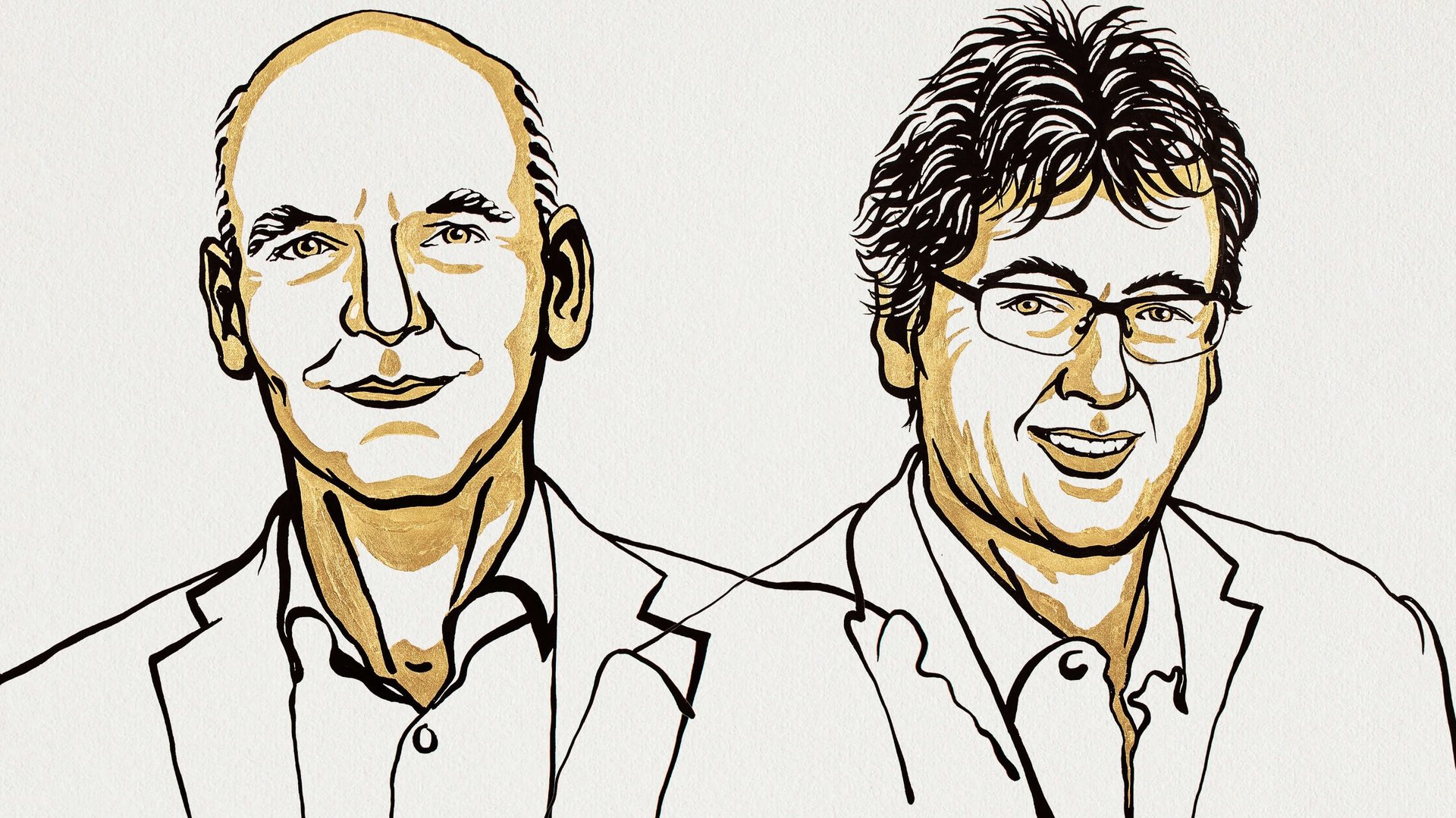The 2021 chemistry Nobel rewards a greener way to make medicines
In the late 1950s, doctors began prescribing a new drug named thalidomide to pregnant women in Europe and North America, to ease their morning sickness. The results were heartbreaking: tens of thousands of babies delivered stillborn or with birth defects, leading to a swift ban on the drug.


In the late 1950s, doctors began prescribing a new drug named thalidomide to pregnant women in Europe and North America, to ease their morning sickness. The results were heartbreaking: tens of thousands of babies delivered stillborn or with birth defects, leading to a swift ban on the drug.
With the methods developed by Benjamin List and David MacMillan, winners of the 2021 Chemistry Nobel, that particular class of medical tragedy need never take place again.
Among the key problems with thalidomide was the way it was manufactured. The process created the drug’s active molecule—the one that its developers wanted—but also a variant that was its mirror image, as if flipped across a vertical axis.
In their composition, the two molecules were the same, but the mirror-image molecule affected the human body in different, injurious ways.
Organocatalysis revolutionized drug production
Makers of drugs, perfumes, and other products often use catalysts to refine and control the chemical reactions in their manufacturing processes. Until the year 2000, though, catalysts were usually bits of metals or enzymes found in living organisms. But these didn’t work for every kind of reaction. Heavy metal catalysts, for instance, needed carefully controlled conditions, and their very use took a heavy, extractive toll on the environment.
Around the turn of the century, List, then at Scripps Research in California, found a way to use a simple amino acid—a building-block of proteins—as a catalyst. MacMillan, working at the University of California Berkeley at the same time, engineered other basic organic molecules—the kind found in living beings—to have catalytic effects on reactions. List and MacMillan’s catalysts were inexpensive, and they could even be reused. And more specifically, this “organocatalysis”—a term coined by MacMillan—could be hundreds or thousands of times more efficient at producing just one kind of molecule and not its mirror image.
There were, for instance, 29 steps in the process to make strychnine when it was first synthesized in 1952. The yield was pitiful: just 0.0009% of the material turned into strychnine, while the remainder was wasted. “In 2011, researchers were able to use organocatalysis…to build strychnine in just 12 steps, and the production process was 7,000 times more efficient,” the Royal Swedish Academy of Sciences explained in a release accompanying the announcement of the prize.
The list of drugs and treatments that use this technique of organocatalysis is long and growing. The blood thinner warfarin is one example; so is oseltamivir, the key ingredient in the flu medication known in the US as Tamiflu; so is paroxetine, an antidepressant.
And List sees even bigger roles for the kinds of catalysts he and MacMillan developed. “Catalysis touches on the major issues of the future,” he said in an interview. “How do we feed a constantly growing world population? How do we ensure that people stay healthy? What will we use to drive our cars in the near future? I believe that catalysis will provide solutions to all these challenges for humanity—and even that it must do so.”